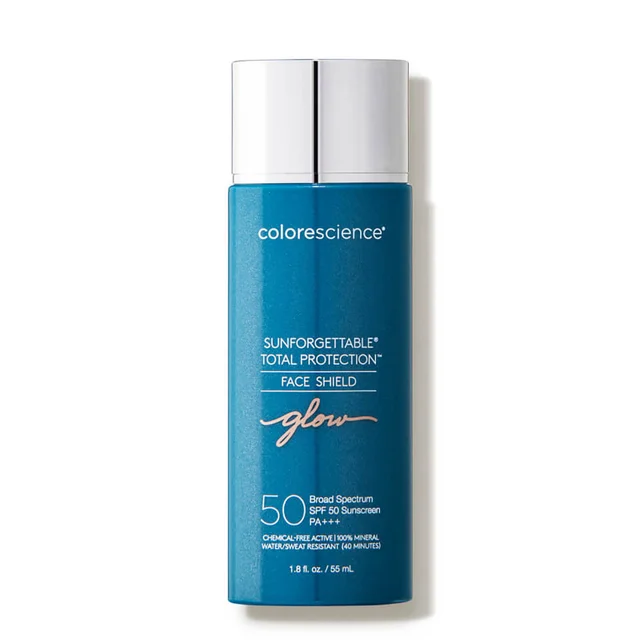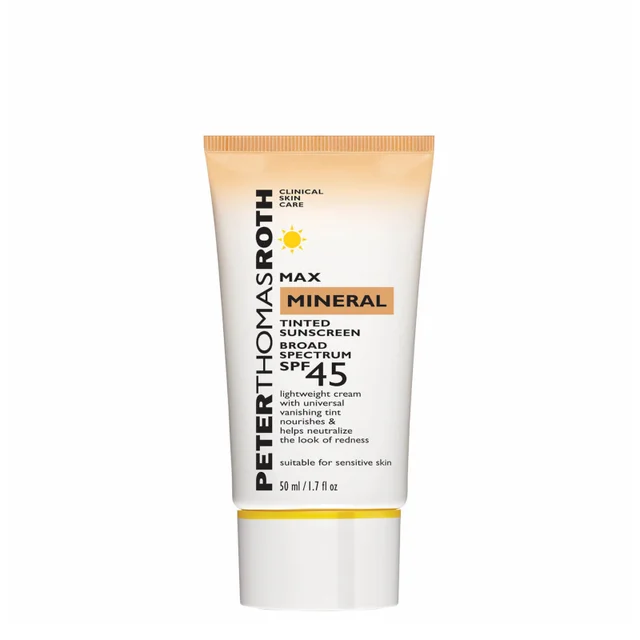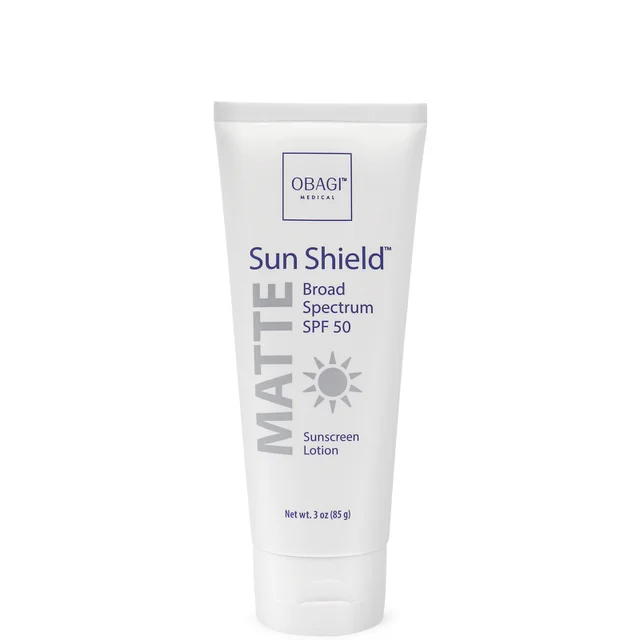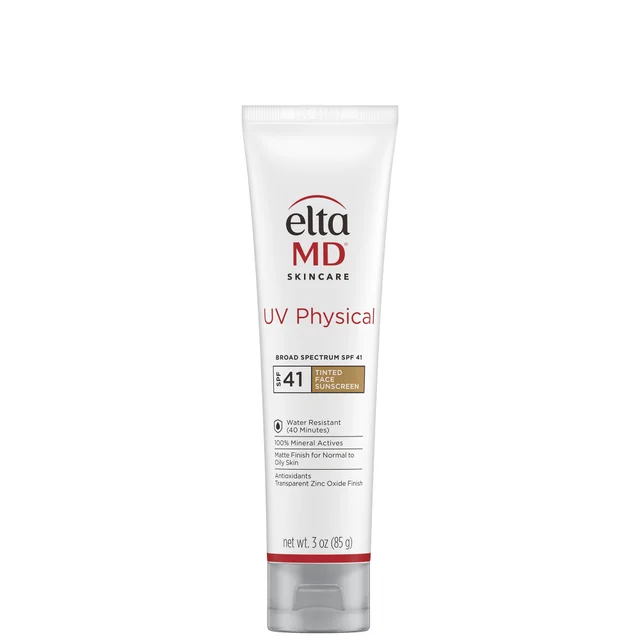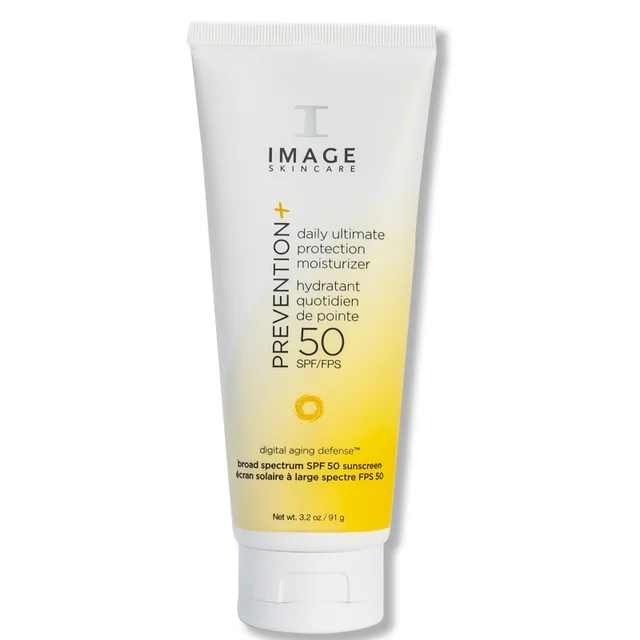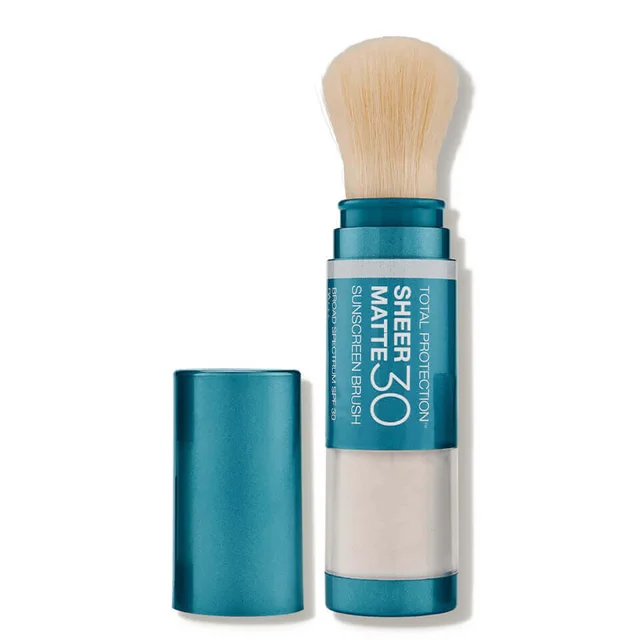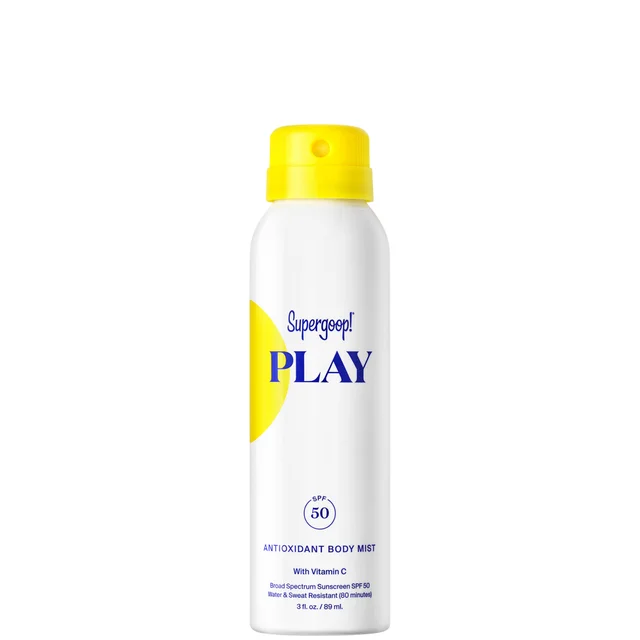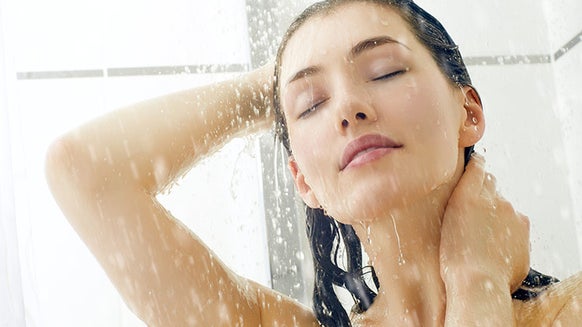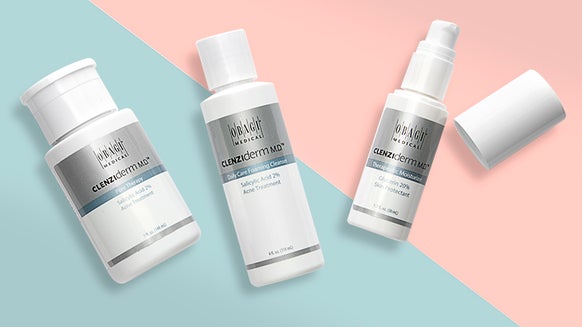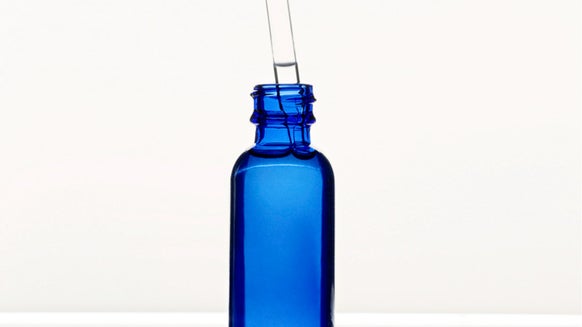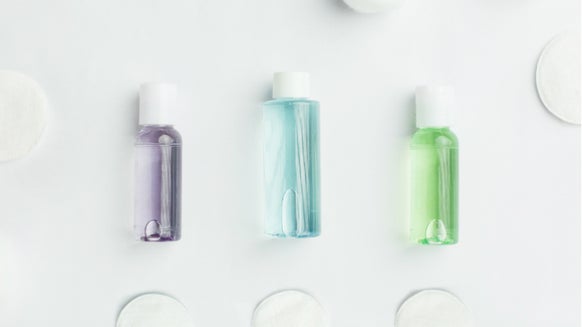Your Burning Questions About Sunscreen, Answered by Dermatologists
While you already know you should be using sunscreen daily, you might have wondered how sunscreen actually works—or how long it really lasts, or what the SPF number on the bottle means. We checked in with dermatologists to get answers to your most common questions, so you can be smart about protecting your skin from the sun.
How does sunscreen work?
This depends on which type of sunscreen you’re using, according to Dr. Angela Lamb, a dermatologist in New York. Mineral or physical sunscreen ingredients, which include zinc oxide and titanium dioxide, work by physically blocking and scattering the sun’s rays. Chemical sunscreen ingredients (like avobenzone, homosalate, octinoxate and others) work by absorbing UV rays before they can damage your skin. Both types of sunscreen will effectively protect your skin.
What is sun protection factor (SPF), and what do those numbers mean?
SPF stands for "sun protection factor" and it measures the level of protection against UVB rays, or the rays responsible for sunburn. According to Dr. Diane Berson, a New York dermatologist and member of the MDSolarSciences Scientific Advisory Council, an SPF of 15 protects against 93 percent of UVB rays, SPF 30 protects against 97 percent and SPF 50 protects against 98 percent. Sunscreen brands use independent testing companies to test the SPF levels in their products in compliance with the Food and Drug Administration’s (FDA) testing guidelines.
"The SPF number theoretically correlates to how long a person can stay in the sun without burning,” says Dr. Berson. “For example, when wearing an SPF 30, you can remain outside for 30 times longer than if you were unprotected. However, that doesn’t take into consideration your skin type, any toweling, swimming, sweating or the level of the UV index that particular day." Another important consideration: Sunscreen breaks down on skin over time, which means you must reapply every two hours to continue getting the level of protection noted on the product’s label.
Keep in mind that the SPF of a sunscreen product does not give information about its level of protection against UVA rays (the rays associated with premature skin aging). "When choosing a sunscreen, make sure that you’re choosing a product that has been tested for broad-spectrum protection (protects from both UVA and UVB),” Dr. Berson says. “That way, you’ll be protected not only from the immediate effects of sun damage (sunburn) but also from long-term damage that shows up as wrinkles, sunspots and worse—skin cancer."
Does sunscreen prevent tanning?
Dr. Lamb says you can get a tan while using sunscreen, because no formula can protect against 100 percent of UV rays. This doesn’t mean tanning—even while wearing SPF—is at all healthy for your skin. Any darkening of the skin is a result of damage being caused by UV rays, and can increase your skin cancer risk. That’s why the only safe tan is a faux tan.
Why did the FDA limit SPF to just 50? What’s wrong with sunscreens higher than 50?
According to Dr. Berson, while there is a fairly big difference between an SPF 15 and 30, the difference in coverage lessens considerably between SPF 30 and SPF 50. Protection afforded by products over SPF 50 is only incremental. "Since an SPF 50 protects from 98 percent of UVB rays and nothing offers 100 percent protection, there is no statistical significance to using an SPF over 50. Products with higher SPF values may be misleading and give consumers a false sense of security," she explains. "When customers see a product marketed as an SPF 100+, some may think that means they’re protected from 100 percent of the UVB rays, or that the product will work all day. There’s no such thing as a total sunblock—and all products must be reapplied in accordance with the FDA guidelines."
How long does sunscreen last, and how often should I reapply?
Though many factors might contribute to how long sunscreen protection lasts—from the level of UV index to whether you're sweating or swimming—as a general rule of thumb, experts recommend reapplying your sunscreen every two hours.
"With the new FDA regulations, it’s much easier for people to understand the need to reapply at least every two hours, and every 40 or 80 minutes while swimming or sweating. These directions are now easily seen on the packaging," says Dr. Berson.
When can babies wear sunscreen?
Heading to the pool with your little one but not sure how to protect their virgin skin? Dr. Lamb says it’s not recommended for newborns to wear sunscreen until they’re at least six months old. Instead, keep babies in the shade and covered with hats and clothing. Once they're old enough, consider a sunscreen specifically designed for babies and to reapply sunscreen more often just to be safe.
Does sunscreen block vitamin D?
Sunscreen may lower absorption of vitamin D, according to Dr. Robin Evans, MD, a dermatologist in Connecticut. If you’re concerned about a deficiency, she suggests seeing your doctor—a simple blood test can tell you if your levels are low. If they are, she suggests taking a supplement, rather than exposing yourself to dangerous rays. “We know that sun exposure is linked to skin cancer; better to take vitamin D as a supplement and then limit one's sun exposure to decrease your risk for skin cancer,” she notes.
Does sunscreen have an expiration date?
“You should use sunscreen before it expires for the best results and ultimate protection,” Dr. Lamb says. Usually sunscreen maintains its effectiveness for two years after opening, or until the expiration date printed on the bottle (whichever comes first)—but the way you store your product can affect this timeline. Exposure to direct sunlight or excessive heat can cause sunscreen ingredients to degrade faster, so it’s a good idea to keep your SPF in a cooler or wrapped in a towel if you’re spending time outdoors, and to avoid storing sunscreen in a hot car.
Is spray sunscreen or lotion better?
Both spray and lotion work perfectly fine, but only if they’re applied appropriately. If you’re applying spray sunscreen haphazardly or in windy conditions, you’re likely not getting the same protection that you would by rubbing the recommended two tablespoons of lotion onto your skin.
From her professional standpoint, Dr. Evans always prefers a lotion over a spray: “Creams and lotions will offer better protection than sprays. A spray, of course, is better than nothing, but these formulations offer inferior protection,” she says.
Does do-it-yourself sunscreen work?
If you’re thinking of mixing up your own cocktail of sunscreen ingredients, Dr. Lamb says to think again. “I do not believe in DIY sunscreen. It is unsafe and impossible to know if you are getting the correct amount of the zinc or titanium dioxide when you make it yourself,” she explains. Manufacturers must test their sunscreens to prove that they’re safe, effective and meet a certain SPF threshold—there’s no reliable way to do this with a homemade sunscreen.
If you haven’t found a sunscreen formula you like, it’s better to protect yourself by covering up with clothing and staying out of the sun during peak hours than attempting to concoct your own SPF. But don’t rule out your options just yet. If you're not a fan of the traditional gooey cream that leaves a white cast on your skin, new sunscreen formulas—from powders to sticks to setting sprays—are not only effective but are also convenient enough to tote around and reapply wherever, whenever.

From the latest hair and makeup trends to the best solutions for your skin issues, we've got all your beauty concerns covered!

